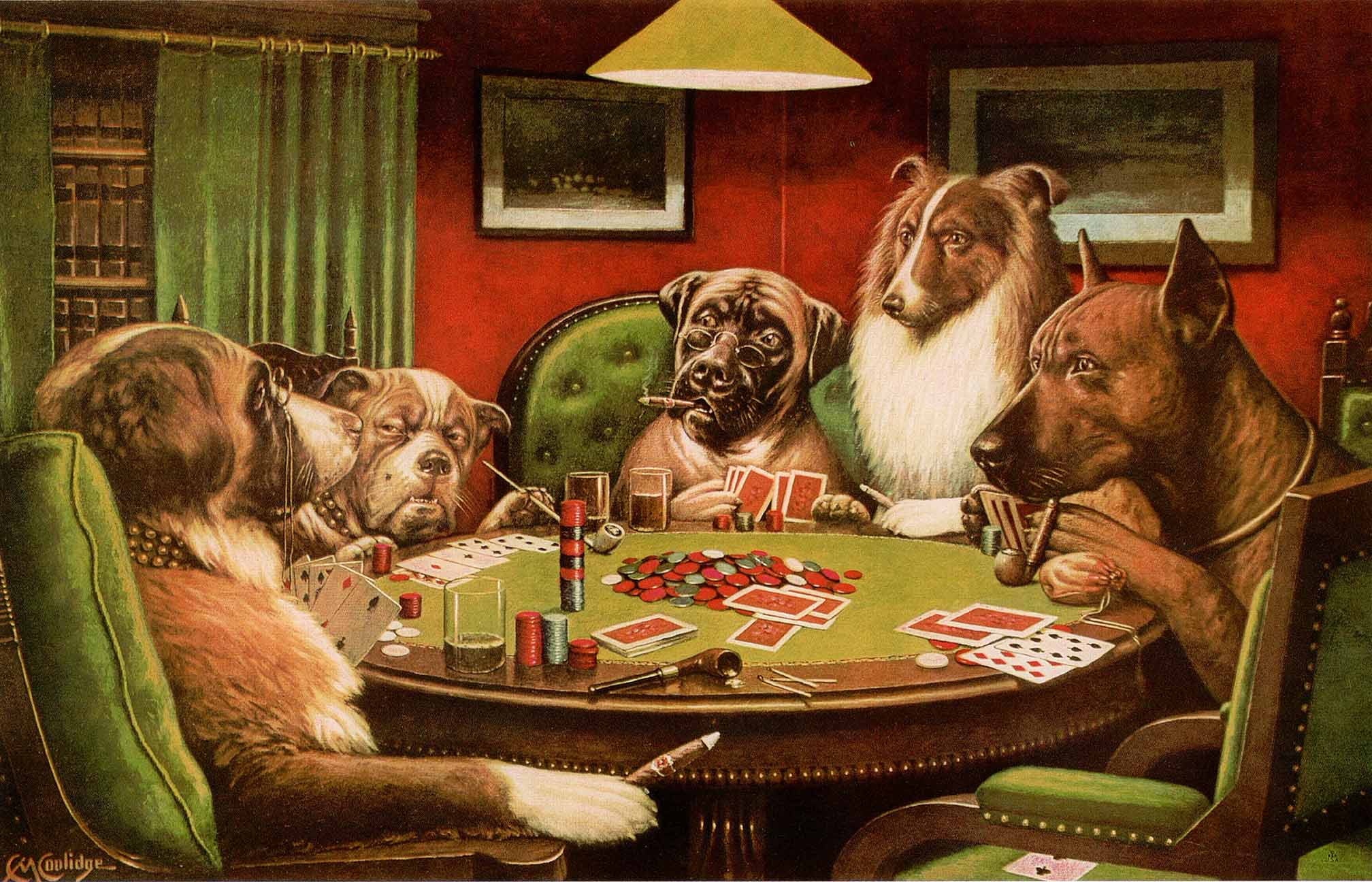Authors:
Historic Era:
Historic Theme:
Subject:
March 2003 | Volume 54, Issue 1


Authors:
Historic Era:
Historic Theme:
Subject:
March 2003 | Volume 54, Issue 1

Finally, for those who are not satisfied with reading about history but must experience it themselves, there is a video game you can purchase (see